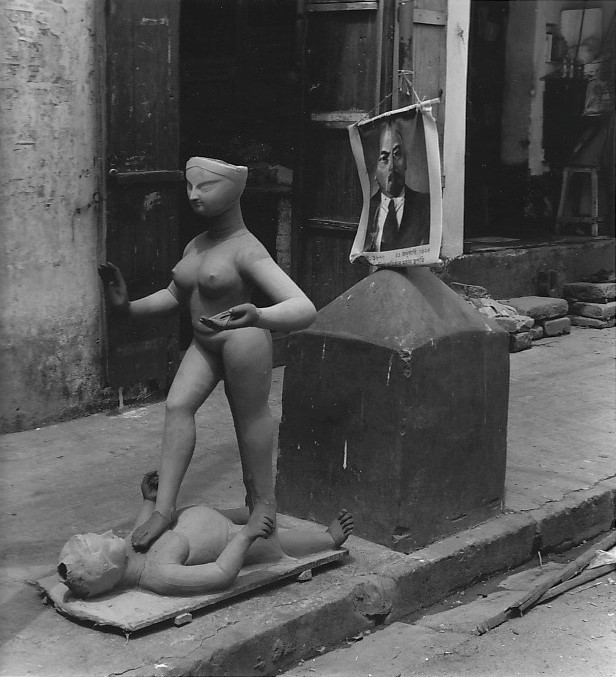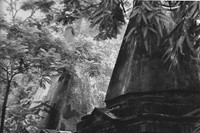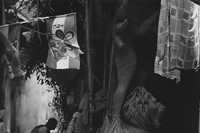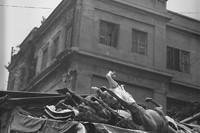Kolkata is a fabulous collision of cultures and an absolute joy to photograph. So many photographers come a cropper in India because it’s just so visually overwhelming, but Kolkata has an oddness to it that I found inspiring. I was expecting many

Kolkata is a fabulous collision of cultures and an absolute joy to photograph. So many photographers come a cropper in India because it’s just so visually overwhelming, but Kolkata has an oddness to it that I found inspiring. I was expecting many things but certainly not the physical familiarity of this city. For centuries Kolkata had been the centre of colonial rule and the colonists obviously went to enormous lengths to ensure that the architecture of their administrative capital reminded them squarely of home. It could easily be a half-forgotten, half-dreamt vision of pre-war London, yet it’s built with an indefinable Indian take and in a climate that ensures nature won’t be held back. Enormous Victorian and Edwardian chunks of masonry rot before your eyes and every square foot teems with the Bengali population that has reclaimed this extraordinary metropolis as its own. It really is a bit of a mess but as I was constantly reminded, the Bengali is not by nature an entrepreneur. Kolkata is the intellectual and cultural heart of India where the printed word is revered above all. My travelling companion asked the owner of the largest selling newspaper in Kolkata if he felt threatened by the digital revolution. His reply was “In Bengal, absolutely not.”
The European flavour of the city is not restricted to the architecture of the living alone; it is also very evident in that of the dead. South Park Cemetery is without doubt one of the most ravishingly romantic places I have ever visited. Tropical roots and vegetation appear to be dragging this massive necropolis of temples and pyramids back into the Indian soil. This is where the Europeans were buried for the last three decades of the 18th century. Malaria, fever, cholera, childbirth and dysentery all took a terrible toll on the early colonial community and many died very young.
However European the city may physically appear, there is no questioning that its soul belongs to India. The vernacular architecture of the English suburb sits cheek by jowl with the cult of Kali. Kali, the consort of Shiva is particularly esteemed in Bengal. She is a manifestation in European eyes of extreme contradiction, the creator and destroyer of worlds, Goddess of eternal energy, time and change, both the annihilator and redeemer of the universe. One of the most popular depictions of Kali shows her right foot placed on the chest of the wounded Shiva, her tongue protruding as a sign of remorse for such disrespect. In the accompanying photograph she is seen in exactly this pose watched over by the face of Lenin; another ingredient in the fruit salad that is Kolkata is that Bengal is a communist state.
Last week I was introduced to a woman who was born in Kolkata and now lives in London. She was both incredulous and touchingly proud that I loved the city of her birth so much. I can’t wait for a chance to go back.
See a performance by Kate Moss inspired by the goddess Kali in KM3D-1 here






